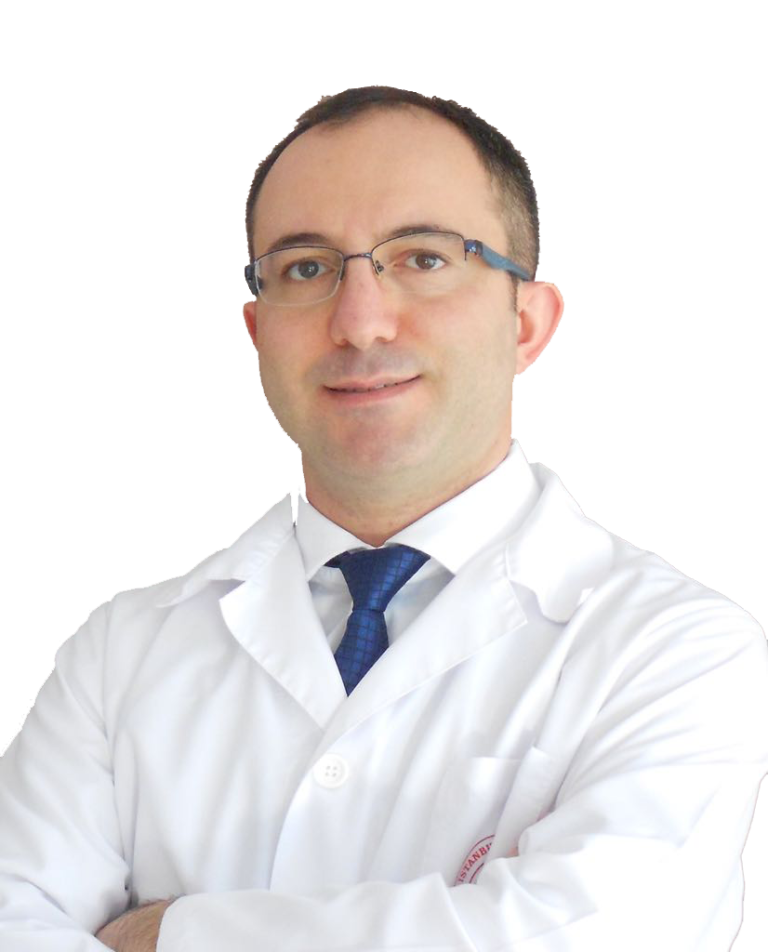In this technique, the operating microscope enlarges the operating field, and a detailed view of tissues such as very thin vessels and nerves is obtained. Experienced surgeons who have undergone a long training process on this subject perform microsurgical operations with very thin, barely noticeable suture materials. From the point of view of the function of our injured organs, the repair of damaged nerves with microsurgical methods allows much better results to be obtained.

Why is Microsurgery Necessary?
All tissues and organs living in our body need blood circulation. The blood pumped by our heart reaches these tissues through the arteries and carries the oxygen and other basic needs they need. The veins in the tissue remove carbon dioxide and other waste materials from the environment.
In short, the vitality of a tissue depends on the continuous flow of blood to it, and the return of the cells here after completing the gas and substance exchange they need.
From the point of view of the function of our injured organs, the repair of damaged nerves with microsurgical methods allows much better results to be obtained.
What Happens If Microsurgery Cannot Be Performed?
Some of the nerves in our body carry the sense of sensation to the brain through the receptors in the skin, and enable us to perceive the effects of the outside world such as hot-cold, stinging, burning, and pain by transmitting them to our brain. Another part of the nerve fibers transmits the commands that we create with our will from the brain to our muscles, allowing them to act in line with our wishes and to comply with the commands of our brain. As a result of the cutting of these nerves, these functions cannot be performed and this area of the patient remains permanently numb as a result of loss of sensation. He cannot protect himself from the harms of the outside world and wounds open and burns occur.
Again, as a result of damage to the nerves carrying commands from the brain for movement, these commands cannot reach our optionally working muscles, and these muscles that lose their nerve become paralyzed and permanent loss of movement occurs.
For this reason, it is necessary to repair the vessels and nerves with micro-surgical techniques in order to maintain the vitality of the organs and to have sufficient functions. Successful results are in question only when these surgeries are performed with zero errors. Success can be achieved by a patient surgeon with years of training and experience. Otherwise, limb loss or functional disability may result.
WHICH AREAS ARE MICROSURGICAL APPLICATIONS PERFORMED?
Microsurgery applications, accidental injuries, cancer surgery,
burns and scars, congenital anomalies, tissue transfers and replacement
in organ and tissue losses that can be treated by suturing
provides effective results.
MICROSURGERY APPLICATIONS IN PLASTIC SURGERY
Microsurgery is primarily used to maintain organ and tissue function, such as cancer.
tumors caused by diseases, especially in areas with life-threatening risks.
Although it is a preferred technique in very sensitive surgeries such as
Thanks to developing medical technologies, this technique has become much more widespread.
possible to use. Reconstruction in plastic surgery, especially
The preferred microsurgical technique in surgeries, for example after breast cancer
It is used very effectively in breast repair operations. This
successful with microsurgery applications in burn and scar treatments as well as
results are obtained. Plastic surgery always achieves a better aesthetic appearance.
in fact, the quality of life and the mental health of the person at the highest level
operations to support it are also within the scope of plastic surgery.
when considered, in cases such as congenital anomalies, tissue and organ losses
How important is the place of microsurgery in plastic surgery procedures?
It appears to be.
HOW TO REPAIR TISSUE LOSS IN MICROSURGICAL TECHNIQUE?
In the process of tissue transplantation with microsurgery, together with veins from a different region
It is ensured that the taken tissues are transferred to the relevant area. While doing this operation,
Successful continuation of blood circulation is extremely important for success.
important. Connecting millimeter blood vessels and the procedure done
In order for the blood circulation to continue at a sufficient level after
must be done under a microscope. Sewing millimeter veins to each other
blood circulation is ensured afterwards, and the vitality of the tissue in the area is preserved and
It is ensured that it settles in the area where it is transferred.
